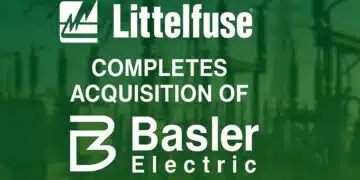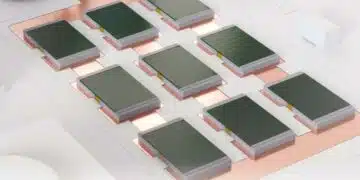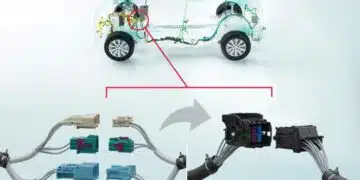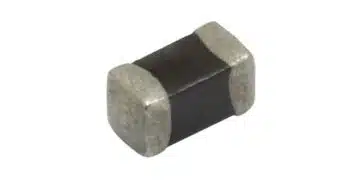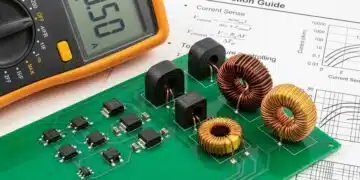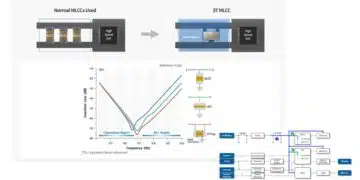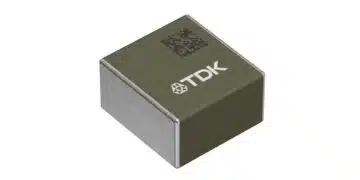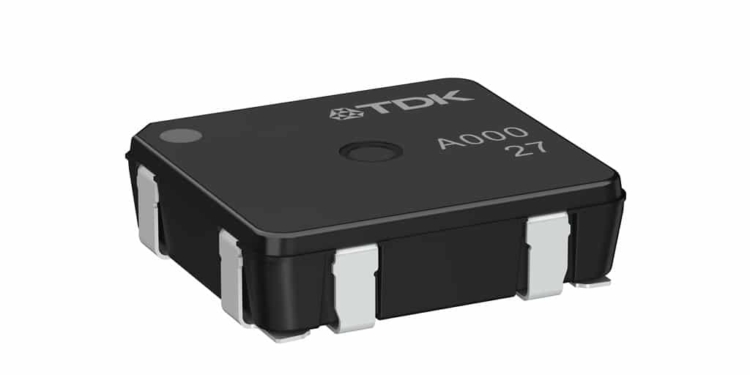source: TDK news
TDK Corporation is extending its B82453C*A* series of 3D transponder coils with a new type that features an operating frequency of 22 kHz. The new component (B82453C0335A022) complements the existing spectrum designed for a frequency of 125 kHz and is suitable for automotive passive entry passive start (PEPS) and other access systems based on the lower frequency.
The new 3D transponder coil also offers high inductance values of 30 mH, 33 mH and 55 mH, respectively, for the x-, y- and z-axes. This results in extremely high sensitivity values of 25.5 mV/μT for the x- and y-axes, and 23.3 mV/μT for the z-axis. These are the world’s highest sensitivity values for 3D transponder coils and are about 20 percent higher than those of existing products with comparable dimensions and inductance values.
Like the existing types for 125 kHz, the new 22-kHz coil is RoHS-compatible and has dimensions of just 11.5 x 12.5 x 3.6 mm. Moreover, thanks to its plastic overmolding and laser-welded connections the component is mechanically very stable. This has been proven in the severe drop tests prescribed for PEPS components. Accordingly, these transponder coils are qualified to AEC-Q200.
Main applications
- Automotive PEPS systems and other access systems
Main features and benefits
- High sensitivity of 25.5 mV/μT (x- and y-axes), 23.3 mV/μT (z-axis)
- Dimensions of only 11.5 x 12.5 x 3.6 mm
- Very high mechanical stability
- Qualified to AEC-Q200
Key data
| Ordering code | Axis | LR [mH]±5% |
Q (typ.) -10% /+15 % |
S (typ.) [mV/µT] |
fres,min. [kHz] |
RDC max. [Ω] |
|---|---|---|---|---|---|---|
| B82453C0335A022 | X | 30.00 | 9.0 | 25.5 | 170 | 480 |
| Y | 33.00 | 9.5 | 25.5 | 170 | 500 | |
| Z | 55.00 | 7.5 | 23.3 | 140 | 1100 |



